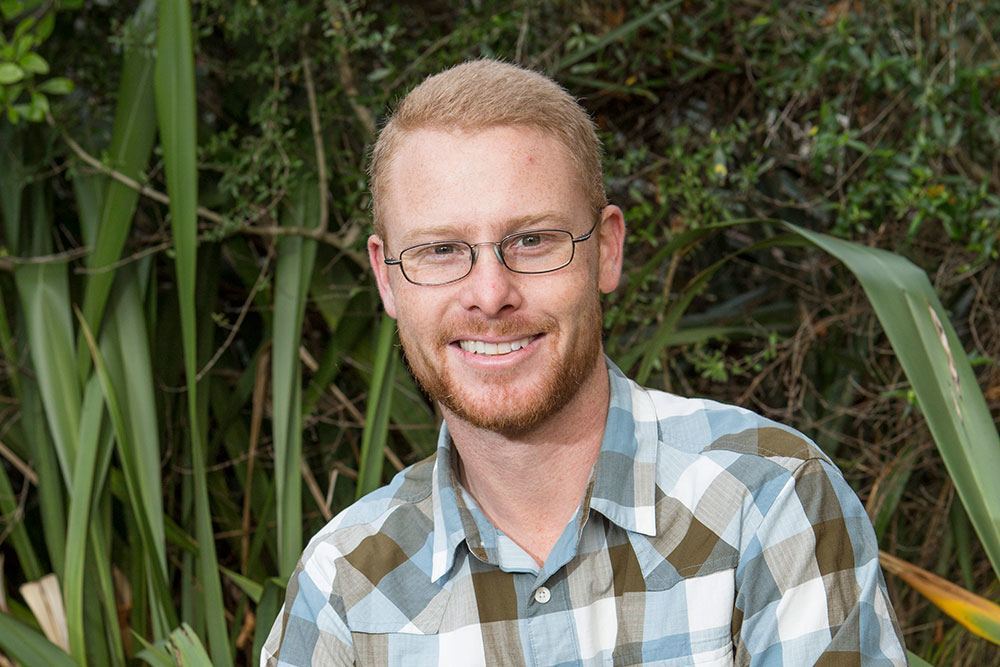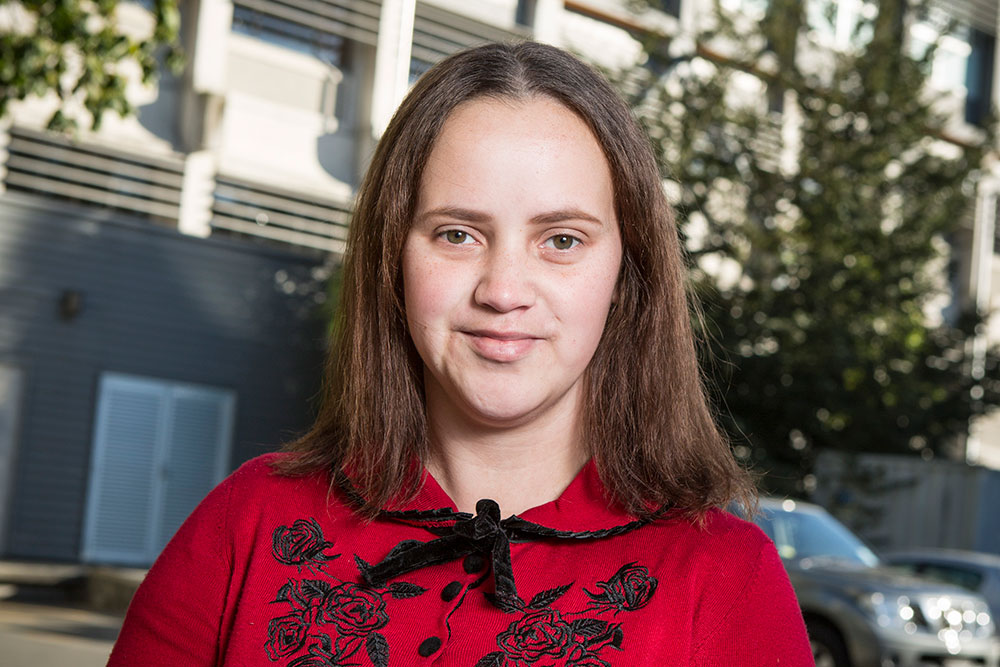Why choose postgraduate study?
Admission requirements depend on the programme you wish to enrol in, your academic background and whether you are a domestic or international student. Contact us to discuss your eligibity.
Research candidates must identify their intended research area and potential primary supervisor. Find out more about our individual research interests.
Postgraduate research in Forest Engineering
There are exciting research opportunities in Forest Engineering. Questions about how best to maximise production efficiency of mechanised operations; or how to minimise the environmental impacts of forest operations, or about how to integrate new technology still need to be addressed.
The Forest Engineering programme enjoys a very high level of support from the New Zealand forest industry, with many companies and harvesting contractors prepared to help out.
Currently we are able to offer a PhD degree in Forest Engineering, but no specifically endorsed Forest Engineering Master's degree. For students with an engineering background the most suitable path is to enrol in Master of Engineering in Civil Engineering. Students with a forestry background should enrol in a Master's in Forestry Science. Please contact Rien Visser to discuss your options.
Scholarships and funding
Please contact Jeanette Allen for information about UC PhD and Masters Scholarships and the TW Adams scholarship. In addition to these there may be scholarships available for a targeted research project. Such scholarships will be advertised in the School of Forestry news.
The University makes a number of postgraduate scholarships available. Depending on funding from external sources, we can sometimes offer research stipends for postgraduate students. See the Scholarships database for all available scholarships.
Need more information?
For general inquiries contact our Co-ordinator. If you have an inquiry about research, contact the relevant academic staff member.
Research topics in Forestry Science
Our research can be broadly grouped into four research clusters that have several academic staff involved in each cluster and also overlapping between the clusters. If your interests are related but you are unsure if they directly link to our academic staff members' current research focus, you can negotiate other research topics with potential supervisors.
Current and recent postgraduate Postgraduate Research show a broad range of subjects. Recent theses can be found on the UC Library database.
Over half of the world’s people live in urban areas; in New Zealand the number of urban residents exceeds 85%! The trees that comprise urban forests help to make cities liveable, providing residents with healthy, sustainable, and desirable places to live and work. If you’re interested in studying tree growth, function, management, or ecosystem services in an urban environment, we’d like to hear from you.
Academics working in this area:
- Further develop a mechanistic model of small tree and weed interactions for pasture and brushweed-covered sites.
- Model tree responses to varying intensities and durations of weed control in a more abstract way using a large dataset from existing experiments.
- Study the mid-rotation effects of establishment practices and refine linkages between small tree models and models of older crop growth.
- Compare existing ways of modelling diameter over stubs with more mechanistic alternatives.
Academics working in this area:
- Expand the Selwyn Plantation Board limited (SPBL) growth and yield modelling system incorporating new data, while determining the right mix of individual tree and diameter distribution models to provide the best possible tree-level projections.
- Link this growth and yield modelling system, SPBL's GIS system and the company's forest information system into a forest estate modelling framework. Then use this spatial estate model in a pilot study to evaluate management options for SPBL.
- Compare alternative strategies for mixing conventional growth and yield models with models that include a higher level of biological detail (sometimes labelled "process-level models"). Ability of any given mixture to project independent measures of tree and stand growth in permanent sample plots throughout the SPBL estate will be the main criterion for choosing a modelling strategy.
Academics working in this area:
- Analysis of log price variation over time. Incorporation of stochastic log prices into forest planning and valuation.
- Carbon accounting. Impacts of carbon credits on forest planning and forest valuation.
Academics working in this area:
- Impacts and management of insect pests of eucalypts
- Biological control of insect pests
- Understanding the behavioural characteristics of parasitoid biocontrol agents to avoid non-target impacts
- Mycorrhizal associations with eucalypts in New Zealand & implication for susceptibility to pests and disease
- Maori perspectives on Biosecurity
Academics working in this area:
Email us for enquiries relating to thesis supervision.
The track record of wood as a building material used by humans extends several 1000s of years. Despite this, many of its properties are not understood. The wood science group at the NZ School of Forestry works on the fundamental level towards a better understanding of wood as a material and the applied level to unsure the wood processing industry has a reliable wood resource.
A particular focus is on the establishment of a sustainable naturally-durable timber resource.
Don’t hesitate to contact the School if you are interested in research questions such as:
Natural durability
- How can we quickly assess natural durability?
- What makes timber naturally durable?
- What influences heartwood formation?
Utilisation of small diameter logs in particular of durable eucalypts (thinnings, top logs, ‘small’ species)
- What products can be manufactured from small diameter logs?
- How does utilisation of these logs improve the profitability plantations?
Tree breeding for wood properties
- Screening tools: How can we achieve early assessment with quick methods of breeding trials?
- Example traits are resin canals, ring checking, pulp and paper properties, natural durability, warp, stiffness, growth-stress…
Near Infrared spectroscopy (NIR) of wood
- Developing NIR calibrations for wood properties.
Wood cell walls
- Wood properties are determined to a large degree by the molecular structure of the cell walls.
- What is the supramolecular architecture of the wood cell wall?
- How do cell walls generate growth-stresses?
Knots
- Knots are the main feature causing downgrade of timber.
- How do some tree species self-prune?
- What are the mechanical properties of knots?
Academics working in this area:
Meet our students
Some of our postgraduates have shared their UC stories. Find out more about their experiences studying towards higher qualifications in Forestry.




